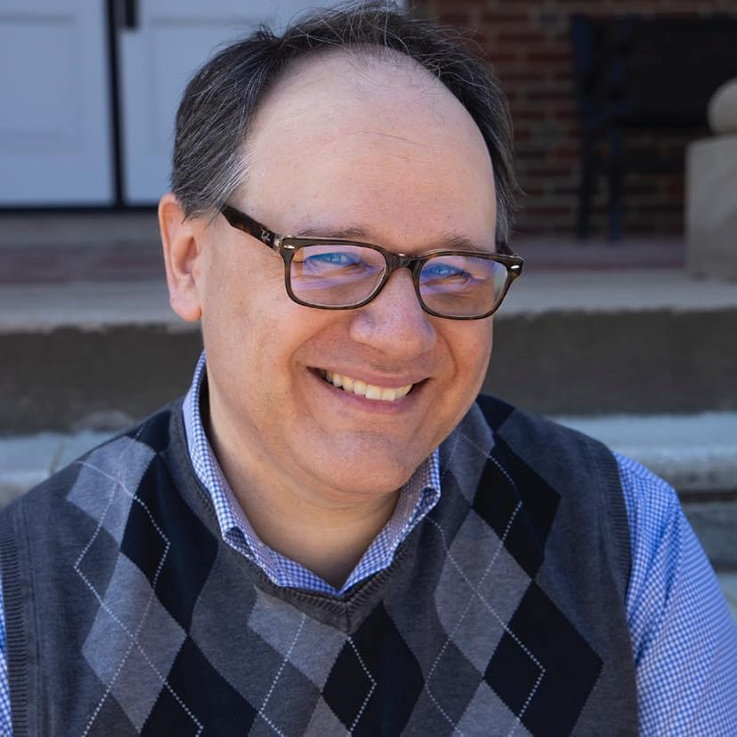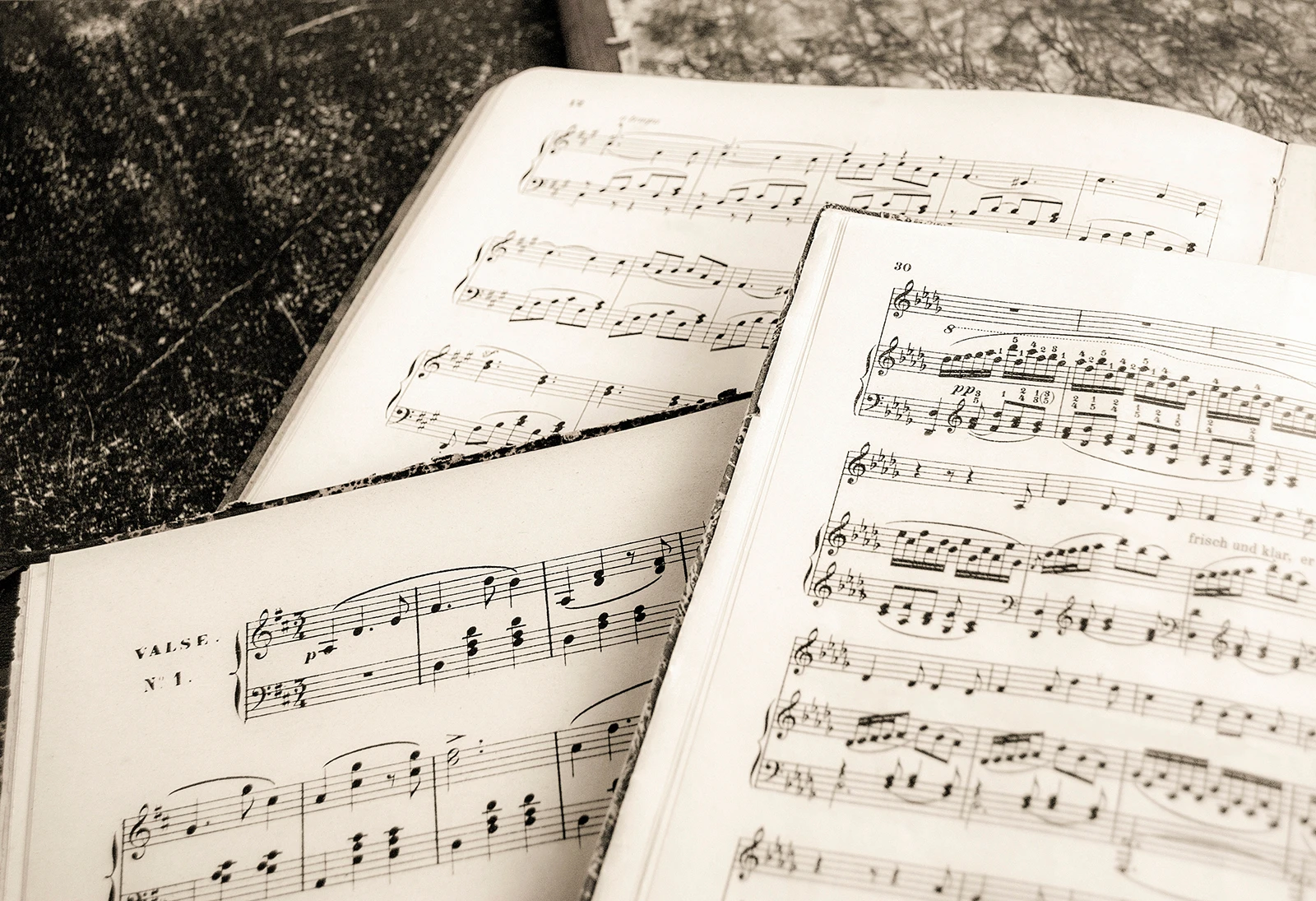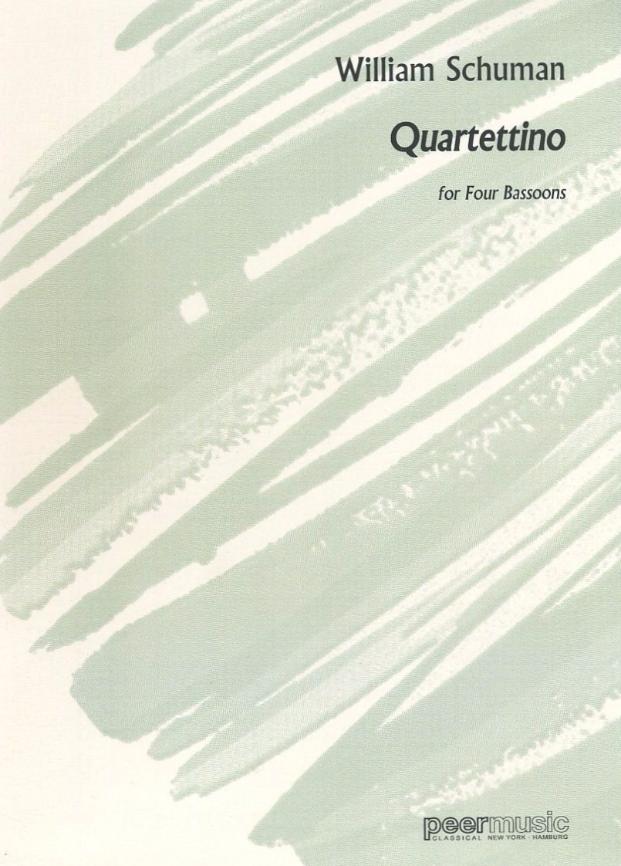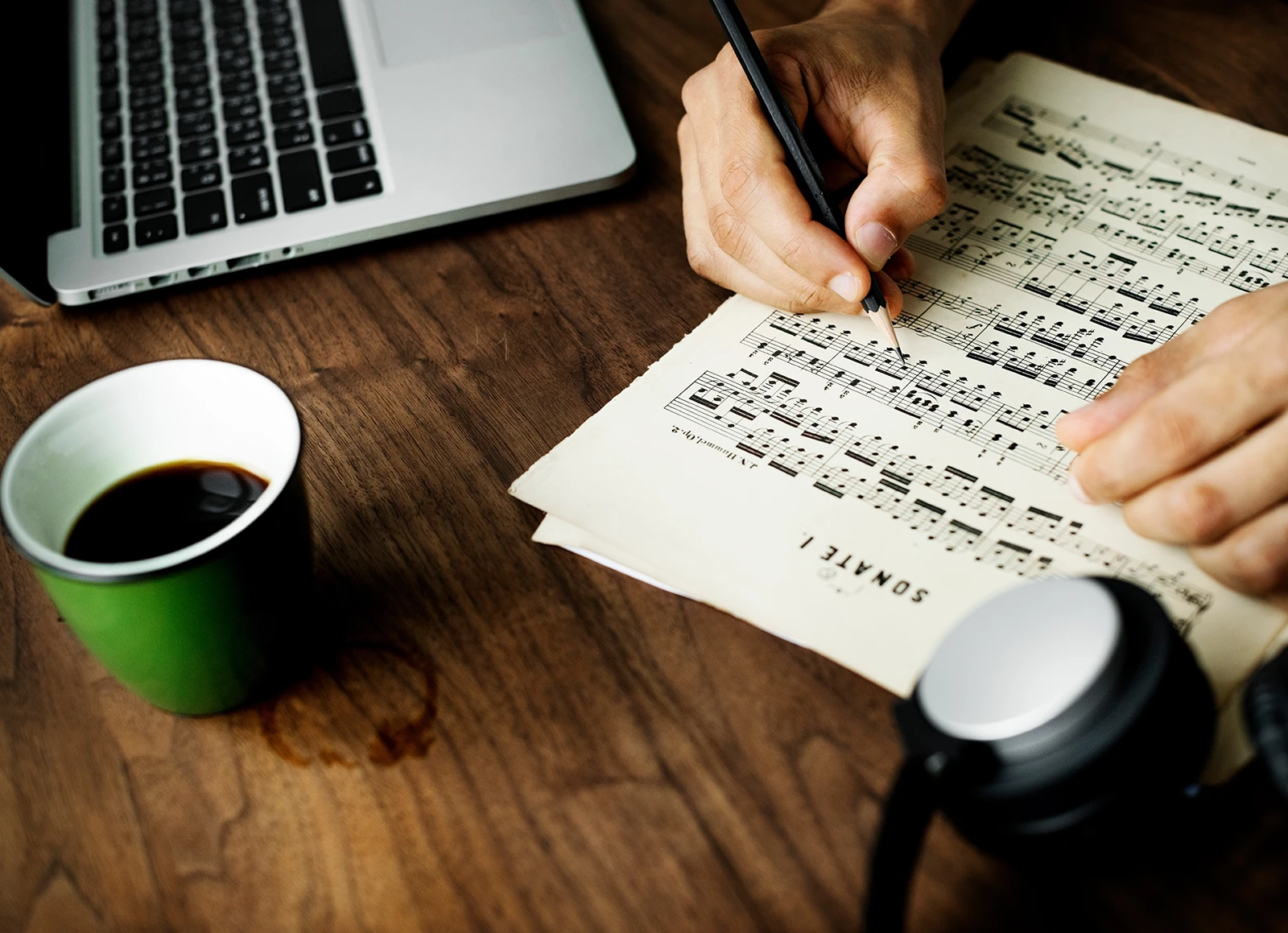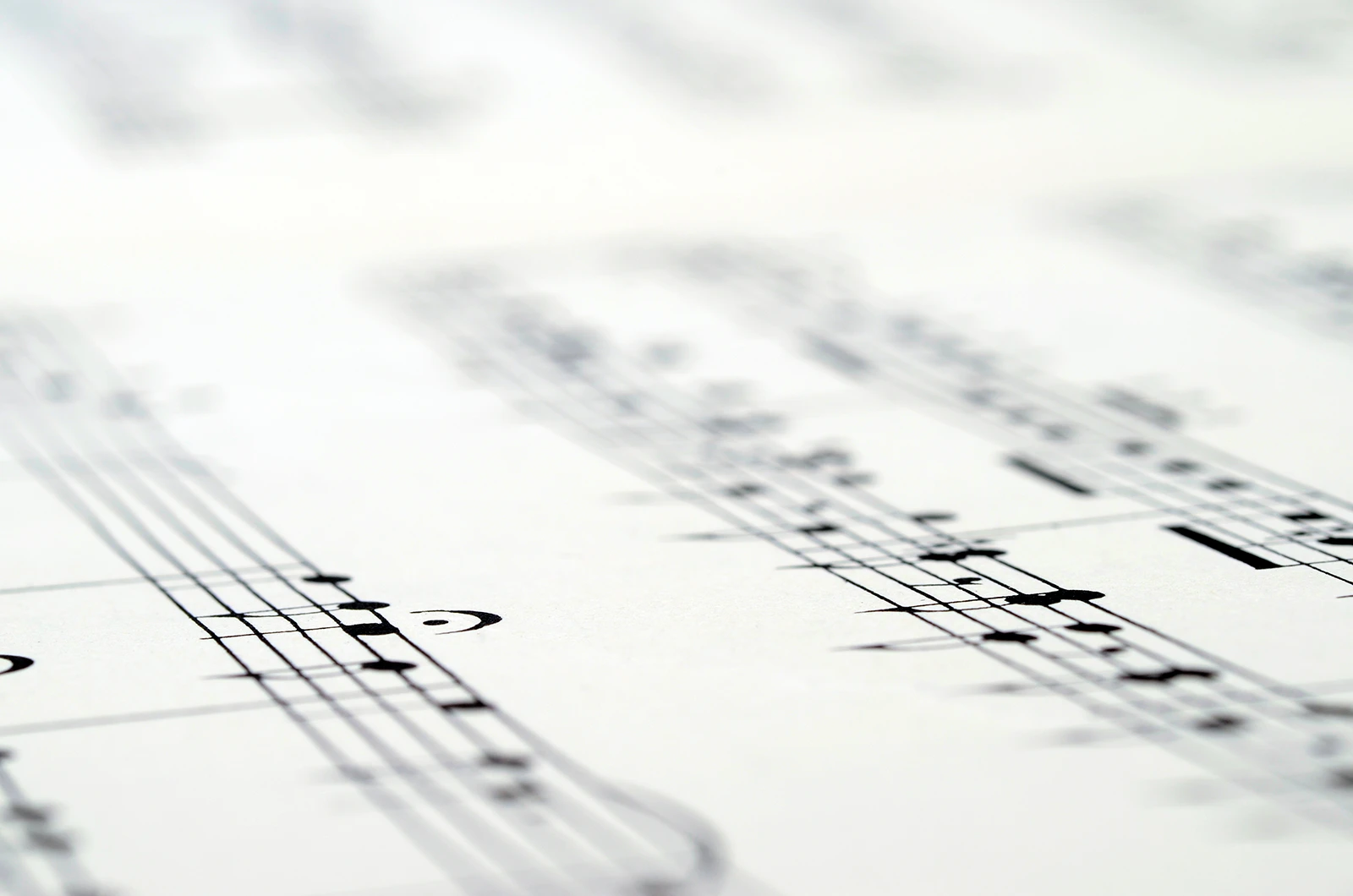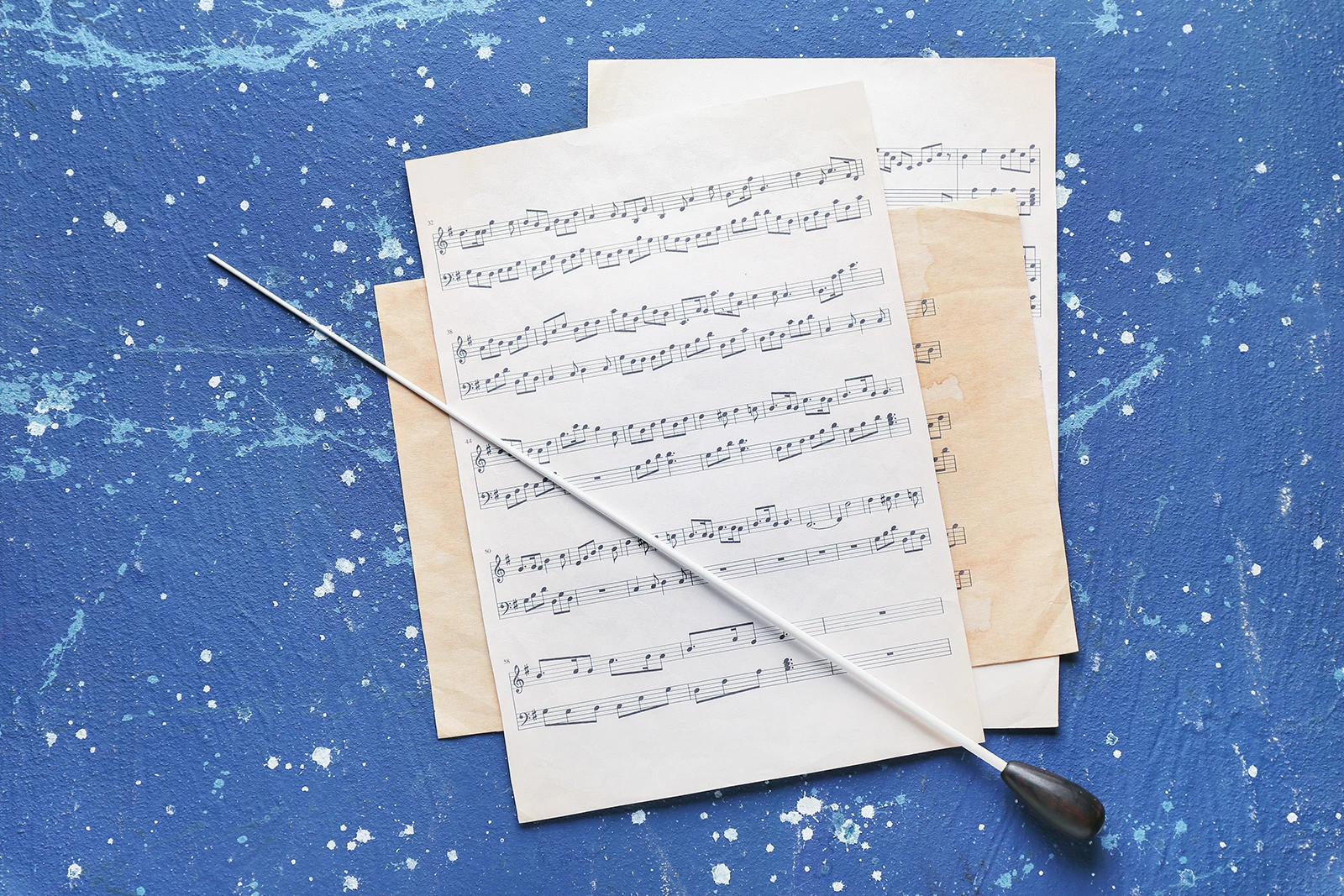Style (D)oes Matter
Perhaps the greatest challenge we have as conductors is taking musical notation, which gives us maybe 20% of the information we really need (at best), and turning it into a visual image that will hopefully elicit sound that is a combination of the intent of the composer and our informed interpretation based upon the study of the work. For music that has been written over the last 100 years or so, this task is a bit easier as composers began to take more and more control over the interpretive process. Igor Stravinsky, in particular, was famous for wanting conductors and musicians to play his music exactly as it was written on the page, without any extraneous interpretation as to his choice of articulation, harmony, etc. Ironically enough, when Stravinsky conducted his own works, he would regularly ignore much of the information he had written! Percy Grainger is very famous for his use of English instructions such as “clingingly”, “to the fore”, and “slow off”. However, when we are confronted with music from earlier stylistic periods, there are a wide range of stylistic issues that we must confront in absence of any specific information provided by the composer.
At the risk of making a blanket statement that applies to every instrument and/or voice, for most instrumentalists create musical style between the notes. Whether it be legato, staccato, marcato, etc., what we do to get from the end of one note to the beginning of another defines a general style that we are playing in (connected, separated, weighted, etc.). The same is true of conducting. While there are many methods of showing musical style as a conductor, what I am going to describe below was taught to me by my primary conducting teachers, Jack Stamp and Eugene Corporon, with much influence from Elizabeth Green.
When we are trying to differentiate between musical styles, there are three physical “forces” at work that we can use to create an image of a particular style. These are: weight, resistance, and rebound. Weight can be defined as placing emphasis in vertical space. Resistance can be defined as placing emphasis in horizontal space. Rebound is the distance from the ictus to the highest point in a given pulse. Rebound is used to demonstrate the gradations between weighted and resistant gestures. For instance, if wanted to conduct the most connected style available to me, I would literally spend almost all of my time in horizontal space with just enough rebound to show the beginning of each measure. If I wanted to conduct the most weighted gesture, all of my emphasis would be towards the floor with almost no rebound. I can then vary the amount of weight or resistance by more or less rebound. Another critical player in this discussion is something called our sagital plane. This is a horizontal plane on our body where we conduct for emphasis, clarity, and (at times) power. Locate your sternum, and find the bottom of it where you ribs start to spread out. If you intersect that place on your body with an invisible horizontal plane, that is your sagital plance. For most of us, when we are trying to show maximum weight, we often emphasize this position in space on our bodies.
(U)sing Distance and Speed (and some Style) for Tempo Changes
This could easily be an article all in itself! Often, one of the most difficult things that we have to do as conductors are changes in tempo. This is particularly true when we begin our conducting studies, and realize that when the music requires a change in tempo we have to use gestures that are slightly ahead of where the ensemble is. It is a dramatic change in perspective from the time we spend in an ensemble reacting to what we see on the podium. Why is this? While I may cause some disagreement with this next statement, I truly believe that tempo in a large ensemble is largely a visual skill. If we accept the fact that light travels exponentially faster than sound, tempo changes that are accomplished visually between conductor and ensemble will always be more successful that changes done with the ears alone. Now, as a bassoonist that plays in smaller ensembles such as woodwind quintets and reed trios, I will submit that I depend upon more of my senses for tempo and other musical matters (sometimes because the music is so difficult in front of me I am afraid to turn away!).
So, how does all of this work? Let’s take an accelerando as an example. In order to go from slow to fast, we must speed up our hands and the baton to initiate the accelerando, which means we will be initially conducting faster than the ensemble is playing. If we try to conduct in the same space as the previous tempo, this could prove to be quite difficult particularly if we were using a large pattern. However, if we shorten the distance between beats, as well as increase the speed of our hands and baton, this task becomes much easier. In addition, if we add a touch of staccato to this process, it adds a great deal of clarity and security to this process.
When going from fast to slow, this process is reversed. We slow the speed of our hands, increase the distance between the beats, and add a touch of legato, tenuto, or another resistant gesture in between the beats. Again, when this process is started, the conductor is providing information that the ensemble needs to visually react to, so the conductor will initially be conducting slower than the where the ensemble is. However, with practice, and sensitizing the ensemble to what we are doing, it can be a great musical tool to have in our tool belts.
Let the (C)ue Fit the Crime
This is a quote from Eugene Migliaro Corporon at the University of North Texas, a quote that he imparted upon all of us who had the privilege to study with him. What he means, is that it becomes the conductor’s responsibility through preparation of the score to not only have a clear aural image of the music, we must also be able to give the ensemble a visual image that will elicit a specific sound, much like we do with musical style. This could easily become another article (!), so the purpose here is to encapsulate the framework of cueing technique and provide some general suggestions for large ensemble applications.
Until science invents a time machine, I think that all of us that conduct could make the case that we step inside one of these machines every time we rehearse or perform. Why? Not only are we monitoring information in real time, we must always be cognizant of what is about to take place, and how those decisions impact the work as a whole (including what has happened in the past). Take that Doctor Who!! It is of these musical decisions that are about to happen that are applicable to the cueing process. A cue should broadcast in real time information that the performer needs to create an important moment in the musical topography of the work. This is done through a series of three steps:
-Preparation
-Execution
-Respond
Let’s look at these one at a time. The preparation of a cue should always occur the beat before the cue, and can be done with either the left or right hand. The more specific the shape of the left or right hand, the more specific the sound will be. Additionally, if the left or right hand can cease movement before giving the cue, this can help to communicate the specific musical message of the cue. It is exactly the same as if I waited to say something………………………important to you. Often, a pause in our speech patterns can create emphasis for what we say after the silence. The same is true of our gestures.
When we execute a cue, we need to deliver it in the space and plane that will create the most clarity. Often, the easiest way to do this is split the ensemble in half, and use each hand to deliver cues in the corresponding space (left side of ensemble – left hand, etc.). This prevents us from crossing hands, and closing off our torso to the ensemble. However, if the musical event is of such importance that it demands our whole torso, we can turn to either either side of the ensemble and use the left hand if the music deems it necessary. While I do believe that cues given with the baton can be very effective, I easily submit that we can create more shapes and variety with our left hand. The other component of executing a cue is that we must deliver the cue in which it was prepared. For example, if I prepare a cue with my right hand, I must bring my right hand back down to the exact vertical space in which it was delivered. This plane can be changed depending upon the seating of your ensemble, but that principal must be observed.
A response to a cue is providing feedback to the sound we requested. Personally, I will do more of this in the rehearsal process, especially if I stopped to adjust a balance, articulation, etc. A smile, thumbs up, and even a miniature celebration on the podium will get the point across. However, we often have to adjust many musical matters in real time during a performance, so we may have to provide additional information after a cue if necessary.
(T)he Score is the Final Authority
How we look at and interpret a score has been one of the great paradoxes of the art of conducting. Two of the earliest conductors, Felix Mendelssohn and Richard Wagner, had very different thoughts on this very subject. Consider these words from Leonard Bernstein:
“Mendelssohn . . . founded a tradition of conducting based on the concept of precision. . . . There soon arrived, however, a great dissenter named Richard Wagner, who declared . . . that any conductor worth his salt should personalize the score he was conducting by coloring it with his own emotions . . . . Mendelssohn fathered the ‘elegant’ school, whereas Wagner inspired the ‘passionate’ school of conducting.
“The ideal modern conductor is a synthesis of the two attitudes, and this synthesis is rarely achieved. In fact, it’s practically impossible. Almost any musician can be a conductor, even a pretty good one; but only a rare musician can be a great one.”
–Leonard Bernstein, Omnibus: “The Art of Conducting” (1955)
I think what we need to take from Bernstein’s words, is that if we do our due diligence to studying a score, and dedicate ourselves to continued musical growth for ourselves and the students which we serve, we can make informed musical decisions that are based upon our skill and our passions.

